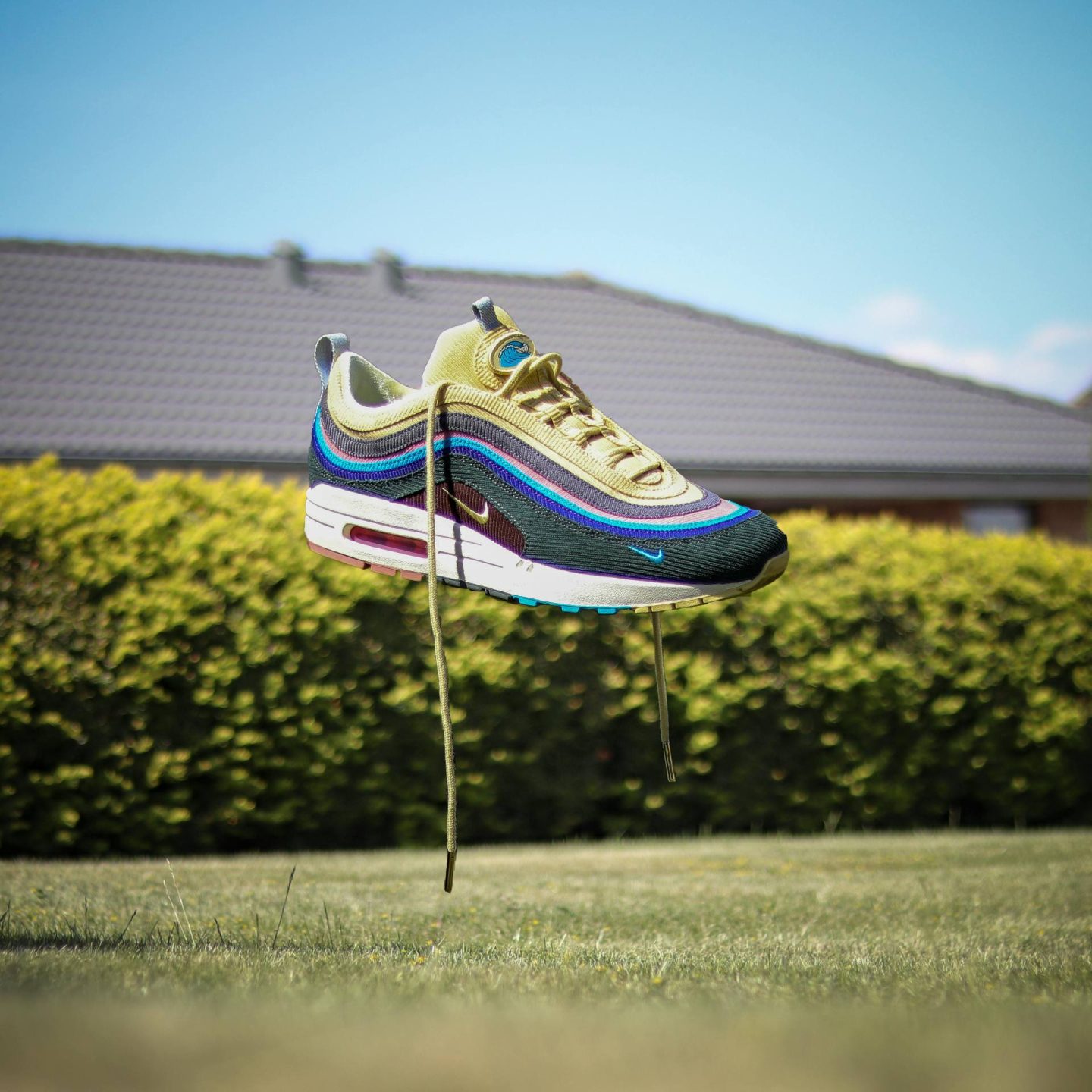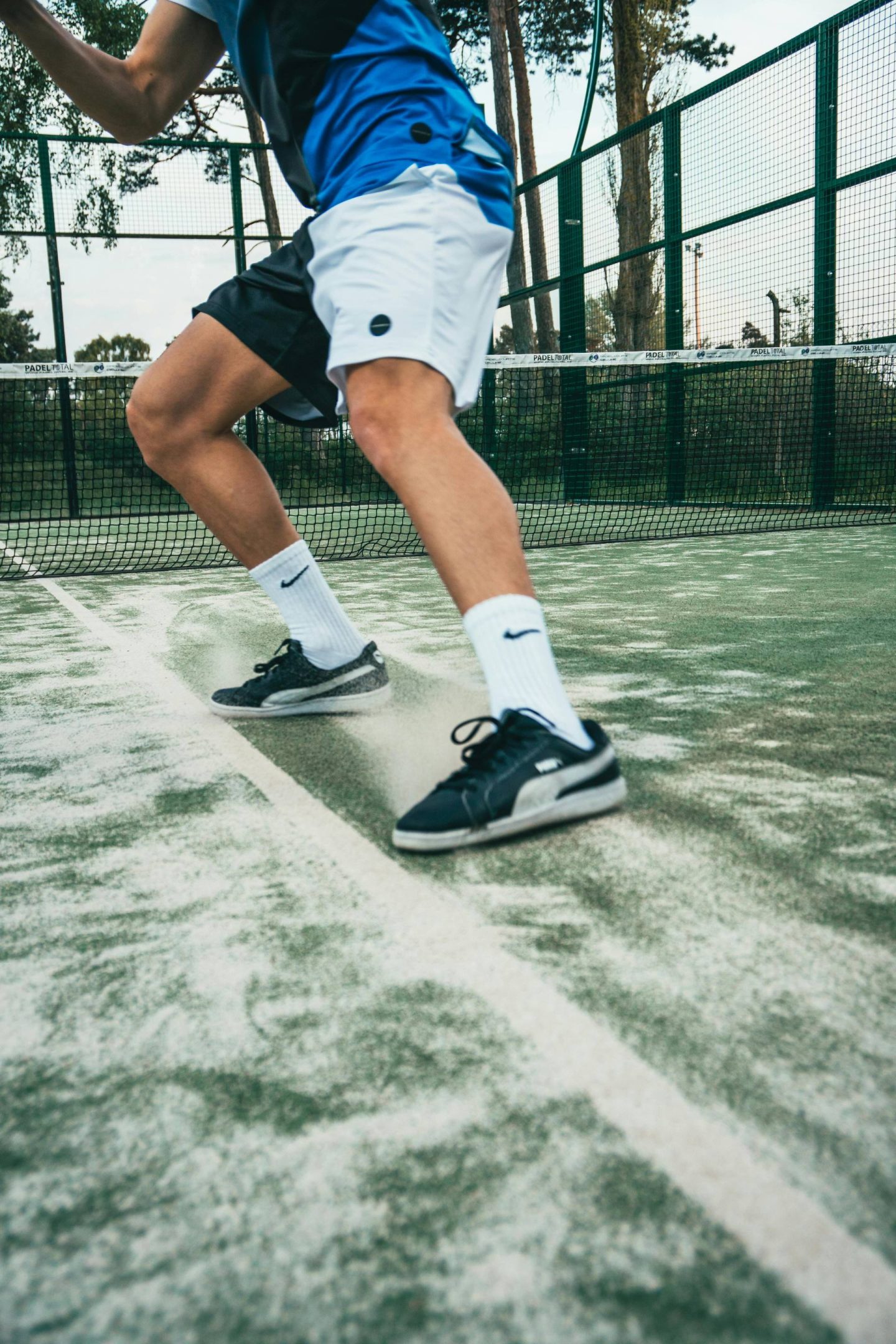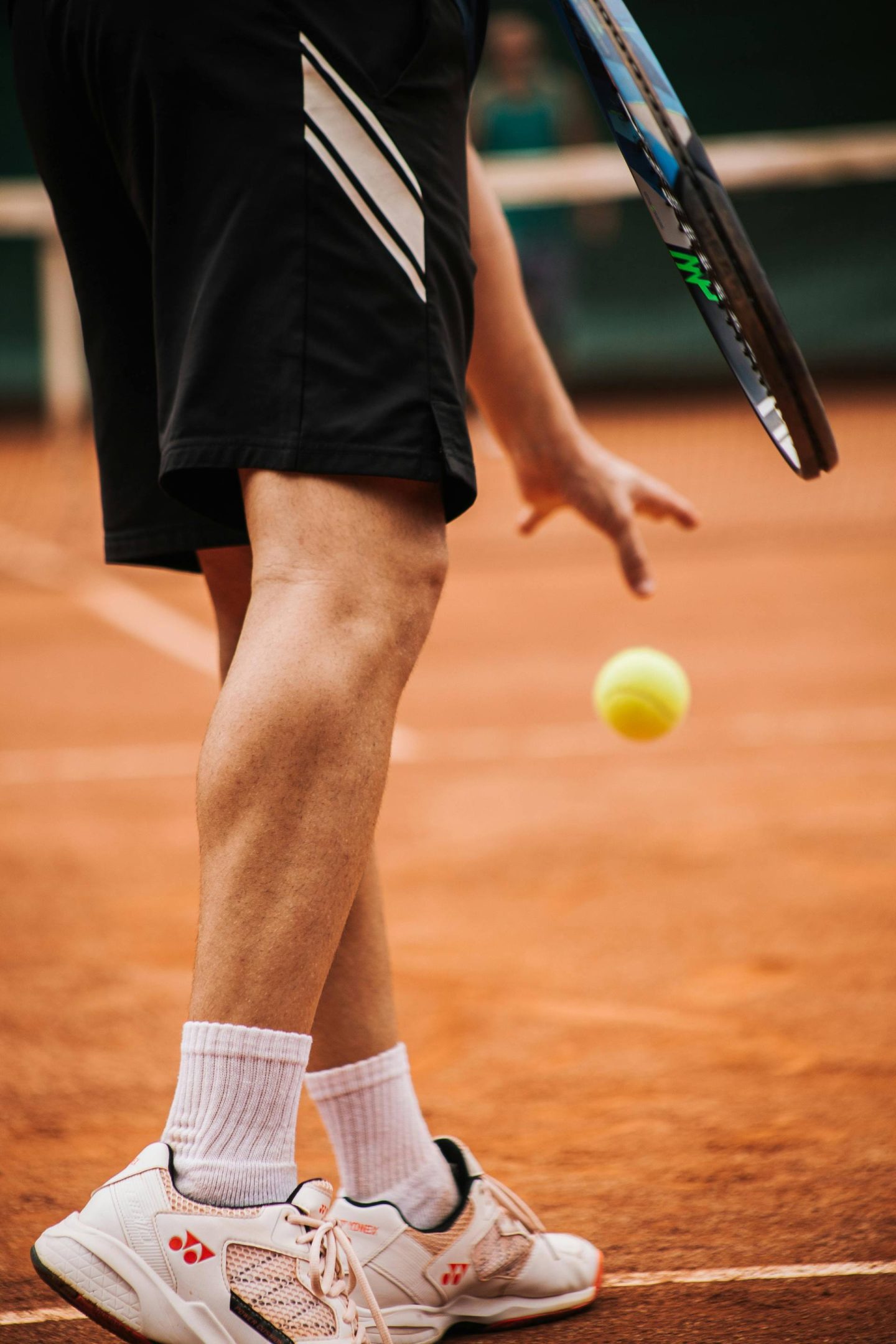*Collaboration
Grass courts are known for their iconic status within the realm of tennis, symbolising tradition, prestige, and a unique set of challenges that affect both play and player equipment—particularly footwear. Tennis shoes designed specifically for grass court play incorporate advanced technology designed to maximise performance by improving traction, comfort, and stability.

Traction and Grip
One of the primary technological advancements in grass tennis shoes is in the optimization of traction. Grass surfaces are slick and can become particularly slippery if the grass is wet or worn down. To combat this, Grass Court Tennis Shoes typically feature nubs or pimples on the soles rather than the herringbone pattern commonly found on hard court shoes. These nubs are usually made of a softer, more pliable rubber compound that can grip the grass surface without damaging it.
The distribution, size, and density of these nubs are critical and are often designed to provide maximum contact with the ground. Innovations such as asymmetric patterns cater to the biomechanical needs of tennis movements, such as quick lateral transitions and forward sprints, allowing players to move confidently and swiftly without fear of slipping.
Stability and Support
When it comes to performance on grass courts, stability is just as crucial as traction. The best grass tennis shoes offer enhanced support features to protect the player’s feet during the quick, multi-directional movements that tennis requires. This is often achieved through integrated lateral support systems, which may include strategically placed overlays or reinforced side panels that help lock the foot in place.
Midsole technology also plays a vital role. Brands often utilise advanced cushioning systems that provide both rebound and support, minimising the energy lost during impact and helping players maintain speed and endurance throughout lengthy matches. These cushioning systems are designed to be lightweight as well, ensuring that the added support does not compromise the agility and speed of the player.
Material Innovations
The upper construction of grass tennis shoes has also seen significant technological enhancements. Manufacturers now commonly use lightweight mesh materials that offer superior breathability and moisture management, crucial for keeping the feet cool and dry during intense matches. Some brands have introduced waterproof or water-resistant treatments to the uppers, which help to prevent moisture from morning dew or light rain from soaking through the shoe, potentially affecting the player’s comfort and the shoe’s performance.
Durability Concerns
Durability is another important aspect, especially given the softer, more yielding nature of grass compared to hard courts. Wear and tear on the outsole and the upper part of the shoe can be significant due to the dynamic nature of tennis. To address this, manufacturers often reinforce the most vulnerable areas—like the toe and medial forefoot—with tougher materials or additional layers. This not only extends the life of the shoes but also ensures that they maintain their performance characteristics over time.
Eco-friendly Technologies
As sustainability becomes increasingly important, tennis shoe manufacturers are also exploring more eco-friendly materials and production techniques. Recycled materials are now being used in both the sole and the upper construction of tennis shoes. Additionally, advances in non-toxic adhesives and eco-friendly manufacturing processes reflect a shift towards reducing environmental impact without compromising on performance.
Future Directions
Looking forward, the future of grass tennis shoes lies in further enhancing the player’s experience and performance through innovations like adaptive cushioning technology, which could automatically adjust the firmness of the sole based on movement patterns and court conditions. Another area of potential development is the integration of smart technology, such as sensors that analyse movement and provide feedback to help players improve their technique and reduce injury risk.
Conclusion
The continuous evolution in the technology of grass tennis shoes showcases the commitment of manufacturers to improve player performance on what is arguably tennis’s most challenging surface. By focusing on traction, stability, comfort, and sustainability, these advancements not only enhance the players’ physical capabilities but also extend their ability to perform at their best under the unique conditions of grass courts. As technology progresses, the boundaries of what can be achieved with grass tennis shoes will continue to expand, promising even greater heights of athletic performance and safety.


